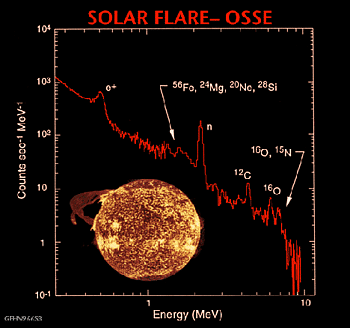
In summary, there does not appear to be any "Michelson-Morley" experiment where cosmic gamma-ray bursts are concerned, that is, an experiment for which a negative result would answer the distance question. In view of this, it is important to attack the problem from several aspects, either with single experiments which are capable of returning different kinds of information, or with multiple experiments with different objectives. The soft gamma repeaters (SGRs) are repeating sources of low-energy (<100 keV) bursts, which appear to be associated with young (<104 y) neutron stars. Three are known. A fourth repeating source, the "bursting pulsar" shares some of the characteristics of SGRs, but is in a binary system, whereas the SGRs appear to be lone neutron stars. Thus while accretion seems to power the bursting pulsar, the bursting mechanisms for the SGRs are still unknown. These objects may be new manifestations of neutron stars, and their continued study will shed light not only on their physics, but may also hold clues to the physics of GRB sources.
Objectives:
Requirements:
2.6 SOLAR GAMMA RAYS: EXCEPTIONAL PHOTONS FROM AN UNEXCEPTIONAL STAR
Gamma-ray lines from solar flares were first observed in 1972 with the NaI scintillator on OSO-7. It was not until 1980, however, that routine observations of gamma-ray lines and continuum became possible with the much more sensitive Solar Maximum Mission (SMM). Most recently, gamma-ray observations have been carried out with the CGRO instruments COMPTEL, EGRET and OSSE, as well as with the PHEBUS instrument on GRANAT. Two previously accepted solar flare paradigms were drastically modified by the gamma ray work. Prior to the SMM observations, based on timing arguments, it was thought that in the impulsive phase of flares only electrons are accelerated; ion acceleration was believed to be a delayed, second phase, phenomenon. This paradigm has been overturned by the SMM data which showed very prompt and impulsive gamma-ray emission, often in temporal coincidence with the hard X-ray time profiles. Another accepted paradigm of solar flare research has been that a large fraction of the released flare energy resides in nonthermal electrons of tens of keV, with the energy content in accelerated ions constituting only a small fraction of this energy. This result depended on the manner in which the ion spectrum was extrapolated from around 10 MeV/nucleon, where the bulk of the gamma-ray production takes place, to lower energies. Recent work on abundances, based on SMM data, and the requirement to account for the very strong observed 20Ne gamma-ray line whose production threshold is near 1 MeV/nucleon, implies an extrapolation of the ion spectrum as an unbroken power law down to that energy. This yields an ion energy content comparable to the energy content in the low-energy electrons, placing ion and electron acceleration on an equal footing: both components are impulsively accelerated and contain approximately equal amounts of energy.

Figure 2.6.1 - The 4 June 1991 solar flare spectrum as seen by OSSE.